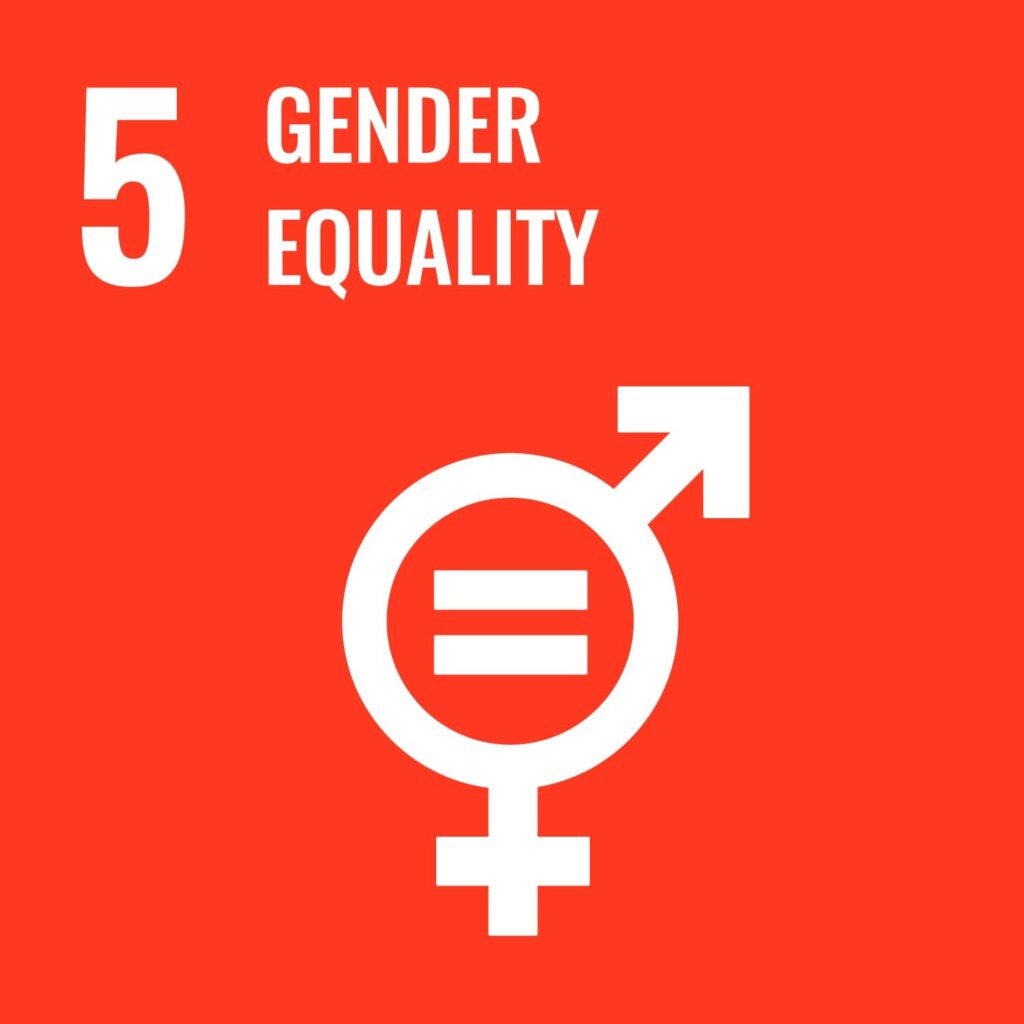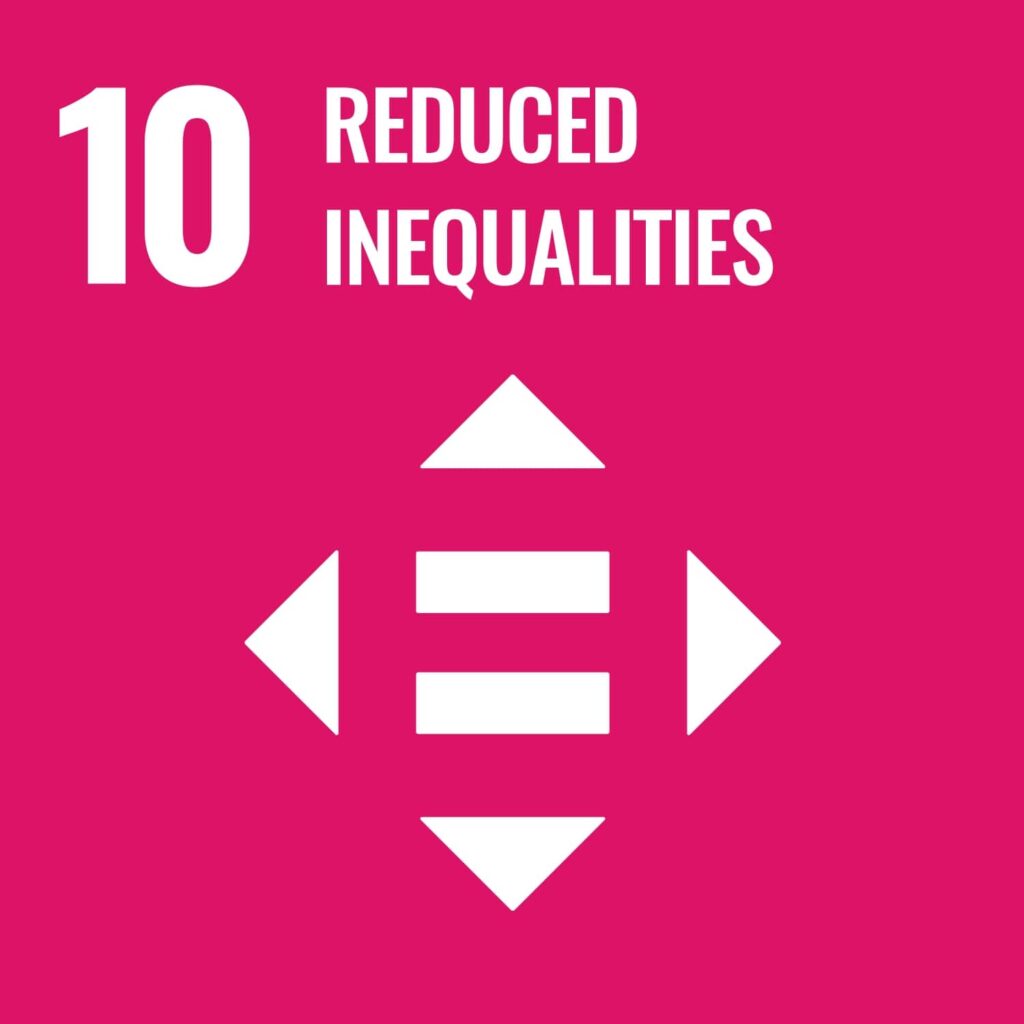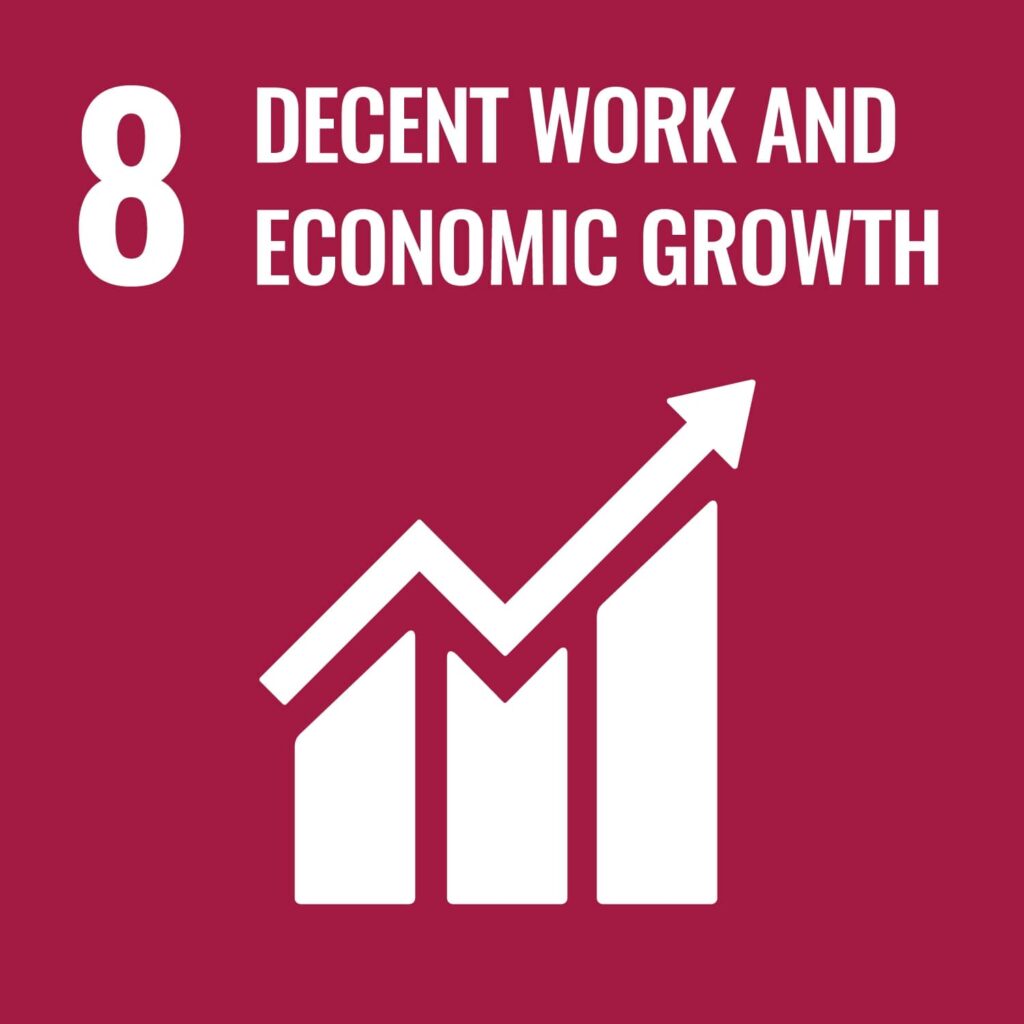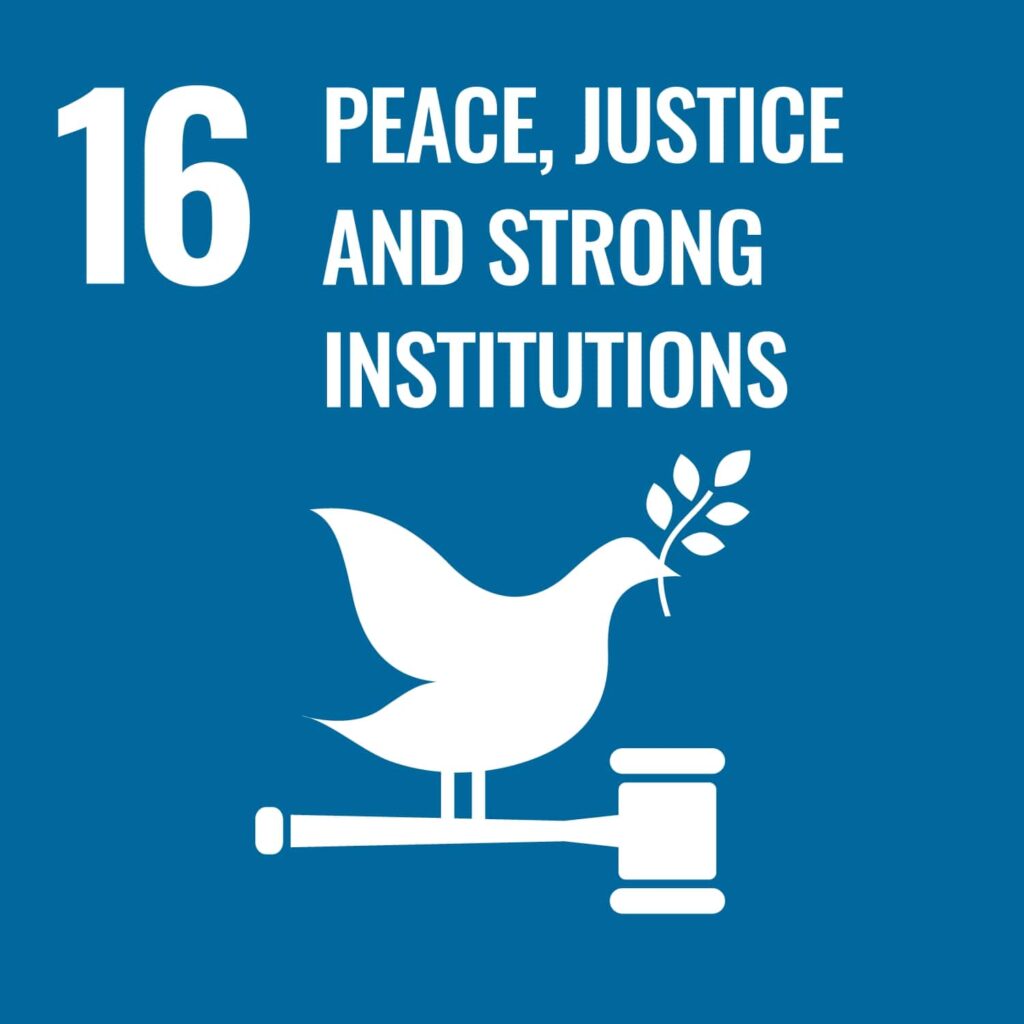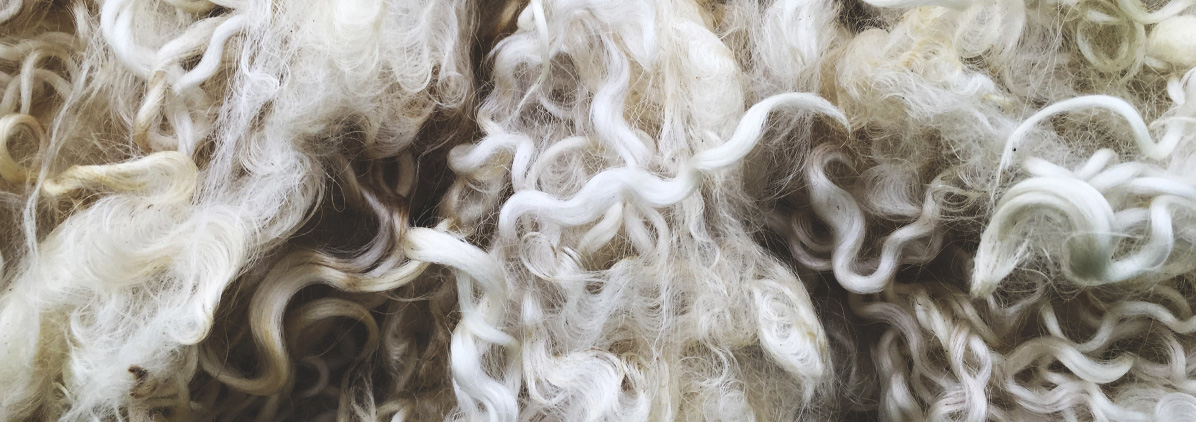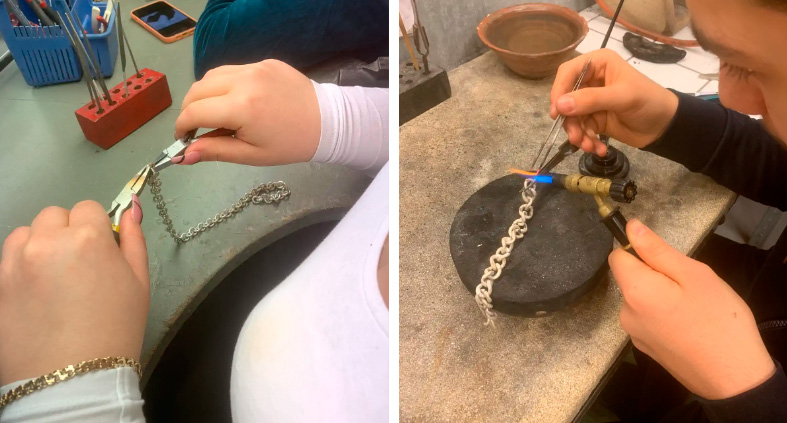
Roma history is an integral part of the story of Europe, also in Sweden. Due to the long history of discrimination and institutionalised racism, very little of this history is preserved in Sweden’s museums today. This applies also to the craft traditions distinctive to the Roma culture, especially goldsmiths and silversmiths’ work. Nowadays, Roma crafts risk to die out among the Roma group in Sweden despite the revitalisation since 1960s embarked by Roma silversmith Rosa Taikon. For some years now, the Roma Cultural Centre in Malmö, Southern Sweden, has been working on this issue, which concerns both social and cultural sustainability.
Silversmith Rosa Taikon (1926–2017) was the first Roma woman known to work as silversmith among the Swedish Roma. She first learned from his father but achieved education also at the renowned university college for arts, crafts, and design Konstfack in Stockholm. Through her life work, the Roma craft tradition in jewellery survived and, along with further alleviations in Swedish society, the practice of the traditional Roma craft was enabled. Following Taikon’s lifework the tradition is at stake to diminish. The project by the Roma Cultural Centre is set to safeguard and sustain Roma craft traditions, especially in silver smithery.
The main objective of this pilot project was to create conditions that promote the revitalisation of the Roma crafts, facilitating skills development and collaboration with educational institutions to build sustainable structures for craft training. The long-term goal is to enable more Roma youth to be trained as gold and silversmiths with prospects to practice the trade. In addition to workshops, at the core of the pilot project was to create an exhibition of Roma crafts that gave the opportunity to showcase Roma crafts and create new contacts with various museums in the Malmö region.
The pilot project consisted of study visits workshop sessions. In addition, the creation of the new website Smyckani was started during the pilot project. These interactions aimed to inspire a group of young Roma, circa ten persons, to pursue education and craft training opportunities. Partnerships with established craftsmen were sought to further develop Roma youth’s skills and revitalization efforts.
The pilot project started with a study trip to Stockholm to Konstfack, university college of arts, crafts, and design, where the young Roma participants interacted with students and teachers, presented their designs, and participated a joint workshop. The workshop focussed on casting in moulds in different metals and to design and produce basic pieces of jewellery. The trip continued with a meeting with the head of state board for crafts (Nämnden för Hemslöjdsfrågor), where the participants talked about their ideas, visions, future dreams and presented their designs and pieces of jewellery.
Two months later, the second study trip headed to Fridhems Folkhögskola in Svalöv, 55 km north from Malmö, a folk high school with orientation in crafts and design. The visit followed a similar structure with participants meeting students of the folk high school and joined a workshop with teachers and students of Fridhems Folkhögskola. Whereas both study trips were well liked, the latter one raised special interest among the participants showing them that there are schools and possibilities for longer term education without leaving far from hometown. This has been an issue in Roma culture in Sweden for decades and perhaps a barrier to why so few Roma youth take part in higher educations.
The workshops of the pilot project were implemented in co-operation with the Swedish organisation for adult education (Studieförbundet Vuxenskolan) and those gathered the young participants five times to learn about and experiment in creating jewellery and related items in silver. In addition, three lectures on the topic were held, along with an exhibition in Malmö Konstmuseum. During the project there were made film clips and video interviews with the participants that were later published on the new website, www.smyckani.se. This material was created to disseminate awareness about Roma crafts and to inspire more Roma young to take part in craft activities. The website will collect further information about Roma jewellery tradition and work as a channel for the young to showcase their crafts and designs to future clients. The participants came up with the name “Smyckani”, a combination of the words “smycke” and “romani”, the Swedish words for jewellery and the Roma.
The project worked for and achieved several goals, starting from increased interaction with the local Roma young and raising their awareness about Roma craft heritage. The project enhanced their skills in craft work and demonstrated opportunities for them to study further and learn new skills. Initiatives like the common group name “Smyckani” and the website www.smyckani.se aim to promote Roma crafts and empower the young to know better and safeguard their living cultural heritage.
The project represents a step forward to fostering cohesion and empowerment within the Roma community. By establishing a stable training program in crafts, transitioning from individual workshops to more sustainable structures the project addressed critical social issues such as Roma exclusion and unemployment by providing training opportunities, fostering collaboration, and creating economic prospects.
The project contributed to social and cultural sustainability in the Malmö area, but there remains the hope to implement similar approach in several cities and regions in Sweden where the Roma are a permanent and central minority. The pilot project was considered a small step to pave the way for changing attitudes towards the Roma and their heritage and, in the first line, to safeguard Roma cultural heritage for future generations.
The pilot project contributed mostly to Sustainable Development Goals 4 (Quality Education), 5 (Gender Equality), 8 (Decent Work and Economic Growth), 10 (Reduced Inequalities), and 16 (Peace, Justice and Strong Institutions)
Pilot project manager: Roma Cultural Centre in Malmöhttps://www.rkcmalmo.se/
https://issuu.com/rkcmalmo/docs/romska_smycken

